The Government’s campaign aimed at educating drivers about fuel labels on forecourts announced in February, has been welcomed by the Association of Convenience Stores.
This week forecourts across the UK began rolling out new labels which will help drivers issue identify fuels and reduce misfuelling. New regulations legally require additional labelling to be introduced on all fuel dispensers and nozzles in all UK filling stations by September 1, 2019.
ACS chief executive James Lowman said: “We welcome the clarity on the labelling and the date of implementation, and we will continue to work with the DfT to ensure that all members who sell fuel are displaying the right information at their sites. The new labelling requirements are being incorporated into our assured advice scheme which gives sound advice and legal assurance to retailers who sign up to our scheme and follow it.
“The key message for staff to communicate to consumers is that there has been no change to the fuel they put in their vehicles – this is just a new way of identifying fuel.”
Following the introduction of the Alternative Fuel Infrastructure Directive (AFID) and the subsequent publication of the EU Standard EN16942 Fuels-Identification of vehicle compatibility, the British Standards Institute (BSI) subsequently published the UK specific standard, BS EN 16942. This set out harmonised labelling requirements for marketed liquid and gaseous fuels. It requires fuel identifiers to be placed on fuel nozzles at filling stations, on new vehicles and in their manuals as well as in vehicle dealerships. The standard also includes larger labels incorporating the identifier and extra information.
Phil Monger, the PRA’s technical director, was instrumental in devising the new guidelines in the DfT working party talks. He explained earlier this year that the standard sets out the format and scale of graphical identifiers for the three grades of transport fuel: circle, for petrol-based fuels; square, for diesel-based fuels; and diamond, for gaseous fuels.
Within the identifier, a standard text format differentiates the various fuels. For petrol and diesel fuels, this is generally a letter that refers to the biofuel blended into that fuel and a number specifying the maximum percentage volume of that biofuel according to the relevant fuel standard. For gaseous fuels this is an abbreviated text to refer to the fuel.
AFID makes similar requirements for vehicle manufacturers that will apply to all new cars from the date that the new regulations come into force.
The aim of the new labels is to ensure that consumers can select the correct grade of fuel for their vehicle regardless of where they refuel. The fuel identifiers must be placed near the filler cap of new vehicles and on the dispensers of all filling stations selling to the public.
Where petrol filling stations are found to be non-compliant an enforcement notice will be issued with a likely 28-day period to rectify. If that is not met a fine of up to £500 will be levied. In the case of vehicle non- compliance a fine of up to £100 may be levied against the dealer.
The Low Carbon Vehicle Partnership LowCVP, working with industry, has prepared a publicity campaign with posters, information brochures and a dedicated website in advance of the compliance date.





















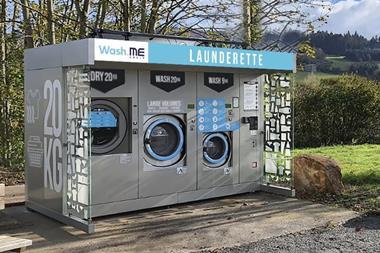
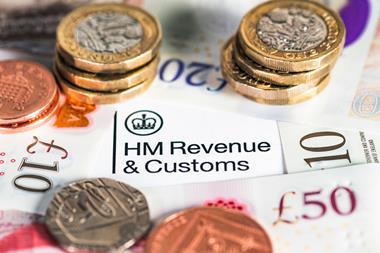
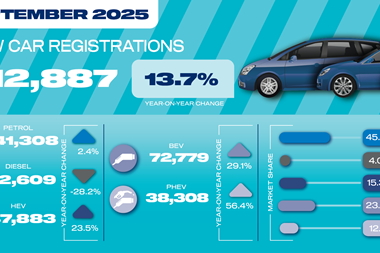

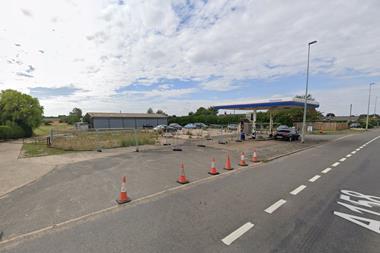
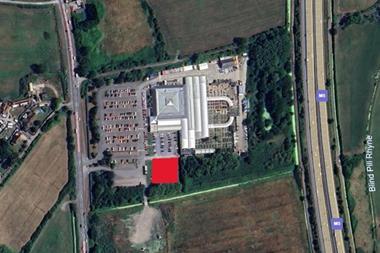





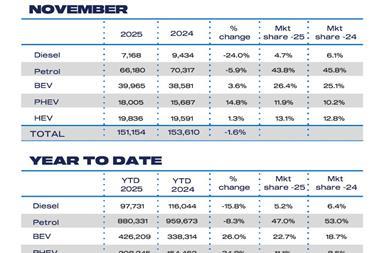
No comments yet